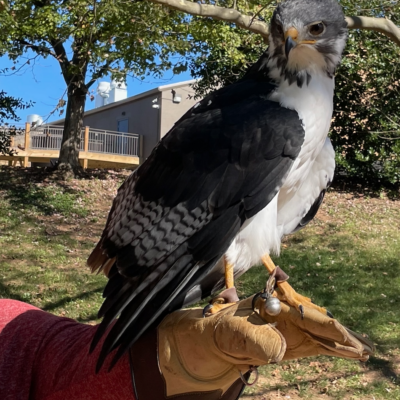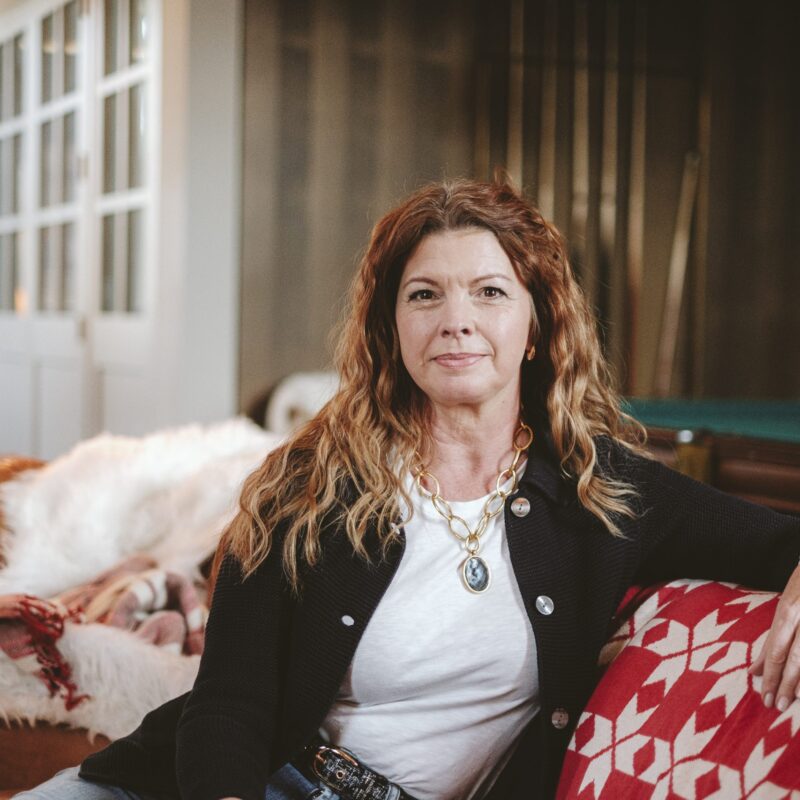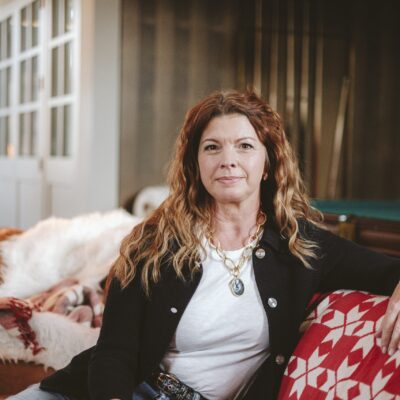Barbara Buhr opened Warm Springs Gallery on Third Street—it’s that bright little room with the wood floor opposite Fleurie—a year ago as a show-case for challenging art. Warm Spring’s latest bit of eye candy, “Asymmetry and Abstraction,” by the noted African-American painter and etcher Joseph Holston, is a welcome challenge.
|
Joseph Holston’s (below) “Two Fishermen” is one of several etchings on display alongside paintings at Warm Springs Gallery through the end of the month. |
“I dedicated my life to helping people understand what’s happening in the African-American community,” says Holston, 67, a career artist whose work is in collections at the Rhode Island School of Design and Yale. “I’m glad I did, because art doesn’t always have to be Caucasian figures on the wall. It could also be different cultures and different walks of life.” The show runs through March 31.
Buhr hopes Holston’s show will complement a Festival of the Book event that features poet Nikki Giovanni and illustrator Ashley Bryan on March 19. “A lot of African-American art is political commentary. Joseph’s work is not—it gives you a sense of the relationships and the warmth between people.”
With strong geometric lines and a dark, lush palette, Holston’s works pop through the window of the diminutive gallery. The world he portrays in his work could easily be the New York City of the 1920s and ’30s, when the Harlem Renaissance reinvented what it meant to be Black in America. The figure in Holston’s “Low Notes,” a faceless man in a purple suit and matching fedora, might be the down-and-out jazz musician from Langston Hughes’ “The Weary Blues.”
But he says most of his characters are drawn from his life. They include residents of Hawkins Lane, the historically Black neighborhood in Chevy Chase, Maryland, where Holston grew up before moving to Washington, D.C., to study commercial art as a teenager. Holston says, facetiously, that he attended the University of the National Gallery of Art, in Washington D.C., where he learned how to “express the human being” from Picasso and marketing from Rembrandt, whose etchings were a lucrative side business to his paintings.
/Joseph_Holston_large.jpg) |
Noting how Rembrandt floated his painting with lucrative etchings, Holston studied etching at Montgomery College and Howard University. “I wasn’t born with a silver spoon in my mouth,” he says. “I knew I had to make a living some kind of way. The most important thing was figuring out how I would position myself to create my next painting.” Buhr says that Holston’s gifts as an etcher—also on display in “Asymmetry and Abstraction”—rival those as a painter, noting that it’s very rare to find an artist skilled in both. (The University of Maryland is currently hosting a retrospective of his etchings.)
As a young man Holston worked for eight years in advertising, intending to make the switch to portrait painting by studying with the artist Richard Goetz. But by the time he made it to Goetz in Santa Fe, Goetz had stopped painting portraits. “I was disappointed, since that’s what I wanted to do. But he told me, ‘You don’t want to do that. You have to please the client.’” But Goetz’s switch was a call for a change. “If that worked for him, then I figured that would work for me too.”
In the four decades since, Holston’s career has grown as the figures he paints from life have been slowly whittled away to clunky abstractions—with impossibly bending limbs and perfectly circular breasts, these are hardly literal portraits. “It’s a question of how much you can say with a minimum amount of effort, which translates into how spontaneous your art can be,” he says. “If you didn’t have to paint the eyes, why put them in? What I want the viewer to see is that there’s a way we all read other people.”
/Two-Fishermen-(etching).jpg)





